Midsize Sedan Deathwatch #16: The Decline of the Midsize Class's Middle Class
Ever more minor midsize players continued to see their share of America’s midsize sedan segment dwindle in September 2017. The cause: domination on the part of America’s two major midsize cars.
The all-new 2018 Toyota Camry enjoyed its first full month of meaningful availability in September and produced a 13-percent year-over-year U.S. sales improvement as a result. Meanwhile, Honda is clearing out remaining 2017 Accords in advance of the all-new 2018 Accord’s arrival this fall. Honda’s efforts produced a 10-percent uptick compared with September 2016.
Yet despite the big gains from the two major players, the upper class, the midsize segment still declined 7 percent in September because of sharp declines by many members of the middle class.
That means Camry and Accord market share continues to rise. That means the slice of the market earned by the middle class continues to shrink.
This is the sixteenth edition of TTAC’s Midsize Sedan Deathwatch. The midsize sedan as we know it — “midsizedus sedanicus” in the original latin — isn’t going anywhere any time soon, but the ongoing sales contraction will result in a reduction of mainstream intermediate sedans in the U.S. market.
How do we know? It already has.
It’s not a new story, but it’s a story exacerbated by the transition from generation of the Camry to another. In September 2016, the Camry and Accord combined for 34 percent of the midsize market. One year later, the top-selling duo’s slice shot up not a little bit to 41 percent, a startling shift that came at the expense of vehicles such as the Nissan Altima, Hyundai Sonata, and Volkswagen Passat most of all.
That trio of mid-pack cars owned just 20 percent of America’s midsize sedan segment in September 2017, down seven percentage points from a year ago.
Of course, a market share loss of that magnitude doesn’t come merely because of the success of top-tier models. Nissan, Hyundai, and Volkswagen reported Altima, Sonata, and Passat declines of 34 percent, 36 percent, and 27 percent respectively. Nor were sharp declines reported by that trio the only momentous decreases. The Subaru Legacy tumbled 35 percent, the Mazda 6 was down 25 percent, the transitioning and semi-upmarket Buick Regal tumbled 57 percent. Unexpected were the improvements reported by the Ford Fusion, Chevrolet Malibu, and Kia Optima, a trio of midsize cars that’s still failing to match last year’s pace on year-to-date terms.
Despite a handful of cars that posted notable improvements, the midsize segment’s decline was still twice as harsh as the overall passenger car sector’s slide. Midsize cars accounted for 10.4 percent of America’s new vehicle sales in September 2017, down from 11.9 percent a year ago.
Five years ago, midsize cars accounted for more than 16 percent of U.S. new vehicle sales and the Camry and Accord produced “only” 3 out of every 10 sales in the midsize segment. Now the duo generates 4 out of every 10 midsize car sales.
The rich get richer.
[Image: Hyundai. Chart: The Truth About Cars]
Timothy Cain is a contributing analyst at The Truth About Cars and Autofocus.ca and the founder and former editor of GoodCarBadCar.net. Follow on Twitter @timcaincars and Instagram.
More by Timothy Cain
Latest Car Reviews
Read moreLatest Product Reviews
Read moreRecent Comments
- Theflyersfan I used to love the 7-series. One of those aspirational luxury cars. And then I parked right next to one of the new ones just over the weekend. And that love went away. Honestly, if this is what the Chinese market thinks is luxury, let them have it. Because, and I'll be reserved here, this is one butt-ugly, mutha f'n, unholy trainwreck of a design. There has to be an excellent car under all of the grotesque and overdone bodywork. What were they thinking? Luxury is a feeling. It's the soft leather seats. It's the solid door thunk. It's groundbreaking engineering (that hopefully holds up.) It's a presence that oozes "I have arrived," not screaming "LOOK AT ME EVERYONE!!!" The latter is the yahoo who just won $1,000,000 off of a scratch-off and blows it on extra chrome and a dozen light bars on a new F150. It isn't six feet of screens, a dozen suspension settings that don't feel right, and no steering feel. It also isn't a design that is going to be so dated looking in five years that no one is going to want to touch it. Didn't BMW learn anything from the Bangle-butt backlash of 2002?
- Theflyersfan Honda, Toyota, Nissan, Hyundai, and Kia still don't seem to have a problem moving sedans off of the lot. I also see more than a few new 3-series, C-classes and A4s as well showing the Germans can sell the expensive ones. Sales might be down compared to 10-15 years ago, but hundreds of thousands of sales in the US alone isn't anything to sneeze at. What we've had is the thinning of the herd. The crap sedans have exited stage left. And GM has let the Malibu sit and rot on the vine for so long that this was bound to happen. And it bears repeating - auto trends go in cycles. Many times the cars purchased by the next generation aren't the ones their parents and grandparents bought. Who's to say that in 10 years, CUVs are going to be seen at that generation's minivans and no one wants to touch them? The Japanese and Koreans will welcome those buyers back to their full lineups while GM, Ford, and whatever remains of what was Chrysler/Dodge will be back in front of Congress pleading poverty.
- Corey Lewis It's not competitive against others in the class, as my review discussed. https://www.thetruthaboutcars.com/cars/chevrolet/rental-review-the-2023-chevrolet-malibu-last-domestic-midsize-standing-44502760
- Turbo Is Black Magic My wife had one of these back in 06, did a ton of work to it… supercharger, full exhaust, full suspension.. it was a blast to drive even though it was still hilariously slow. Great for drive in nights, open the hatch fold the seats flat and just relax.Also this thing is a great example of how far we have come in crash safety even since just 2005… go look at these old crash tests now and I cringe at what a modern electric tank would do to this thing.
- MaintenanceCosts Whenever the topic of the xB comes up…Me: "The style is fun. The combination of the box shape and the aggressive detailing is very JDM."Wife: "Those are ghetto."Me: "They're smaller than a Corolla outside and have the space of a RAV4 inside."Wife: "Those are ghetto."Me: "They're kind of fun to drive with a stick."Wife: "Those are ghetto."It's one of a few cars (including its fellow box, the Ford Flex) on which we will just never see eye to eye.



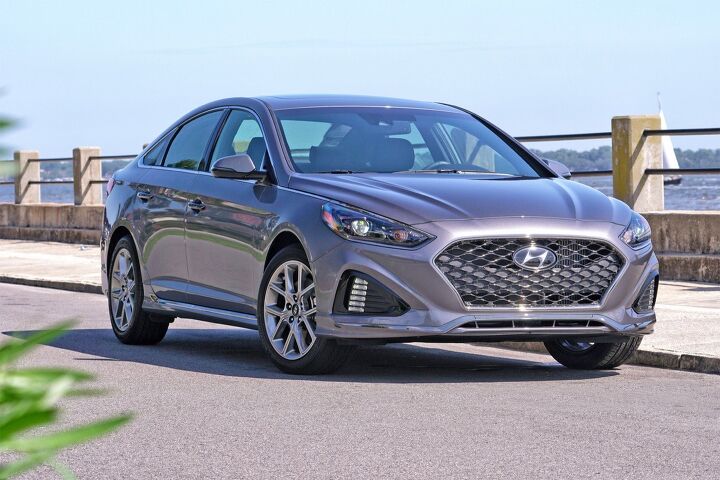
















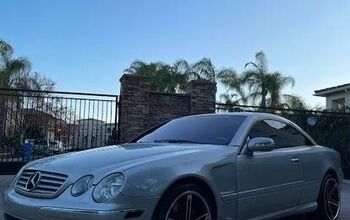
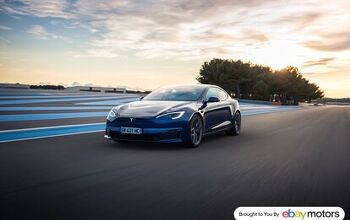
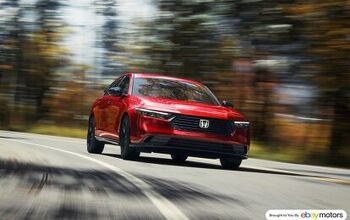
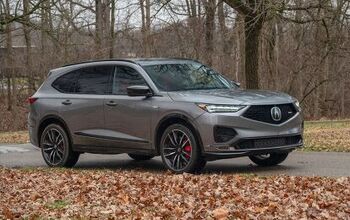
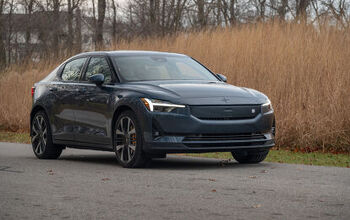
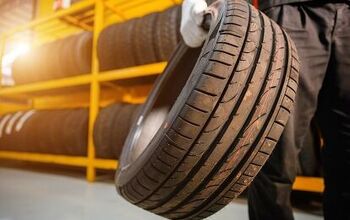
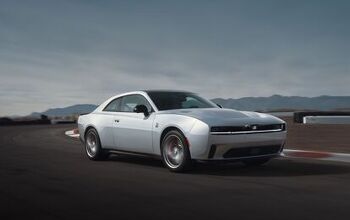

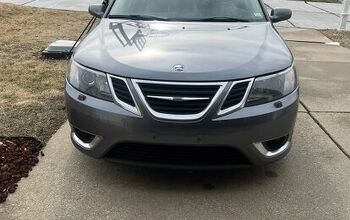
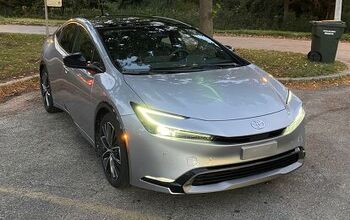
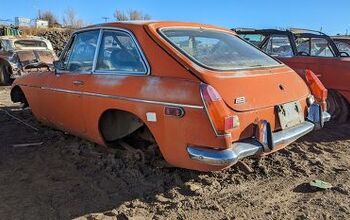
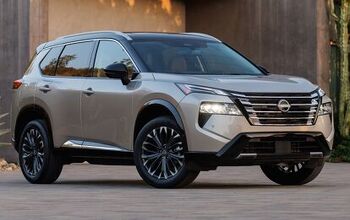
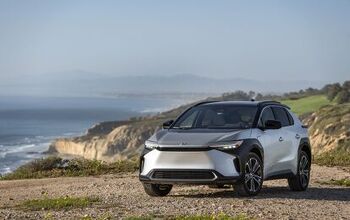

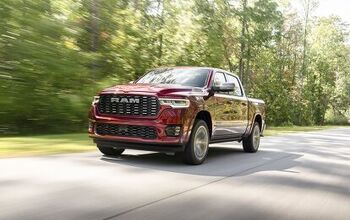
Comments
Join the conversation
Here's my story on this subject. This summer we needed to revise our fleet. It consisted of a CX-3, an RX-8 and a Miata. Needed a true 5 passenger car and the rotary was, sadly, losing compression. Best car ever but for that. Wife's car was the CX-3. She really liked it after driving a Tribute for 10 years. I went to the Mazda dealer fully intending to buy a top of the line Mazda6. Drove the car. Very, very fine car. But, something was missing. What I would refer to as the "hoot to drive" factor. It was just not as tossable as I wanted. My wife would not have wanted a 6 because due to hip and back pains does not like to get too far down into a car on a daily basis. Which is why the CX-3 and not the 3. My plan then shifted. I get the CX-3, which on a daily basis is a hoot to drive, and she could have a CX-5. So I drive a CX-5. Much as I am a car guy, I found the dynamics of the 2017 CX-5 to be better than the 6. I was personally stunned, but from a seat of the pants feel, the CX-5 was blast where the 6 was exceptionally refined. Bottom line, I went to the dealer to buy a fully optioned 6 GT and left with a new CX-5 Touring. My wife loves the CX-5 and will likely drive that for another 10 years just like her Tribute. I have the CX-3 for the time being, and we still have the Miata for summer cruises. In looking back on it, what I realized is that the 6 has a much longer wheelbase than the CX-5. Keep in mind that the CX-5 is based on the 3 and it begins to make some sense why the CX-5 dynamics were so much better feeling to me. The CX-3? It is not based on the 3 but based on the 2, which is why its dynamics are different still, even different from that of the Mazda3. So we now have the sports car, the fun and thrifty and maneuverable commuter, and the slightly larger ute for carrying 5 people comfortably as well as plenty of luggage space. But it is the vehicle dynamics of the CX-5 being so good that cost at least one sale of a Mazda6 this past July.
I have to wonder when the pendulum will swing back. It'll be interesting to see how many manufacturers get caught with their pants down because they don't offer a decent midsizer when/of fuel prices spike again. I drove a Honda Accord Sport back to back with a Mazda6 Touring and agree the Honda felt and looked extremely cheap in comparison. The dealer also left a lot to be desired.